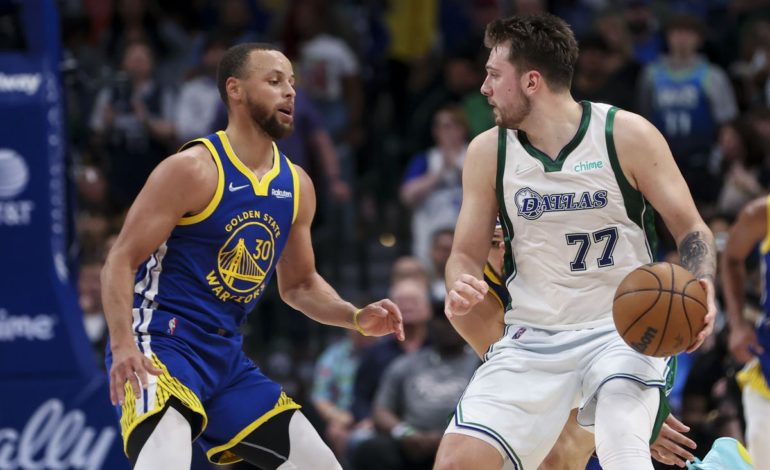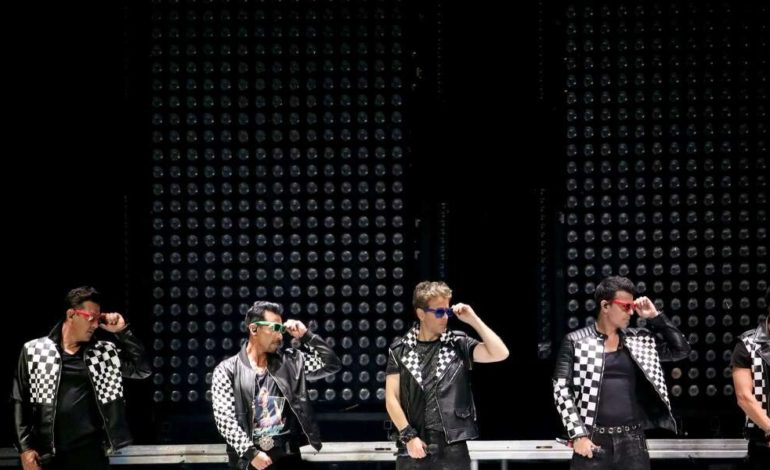NBA historians look at the 1980s as a time when the game was changing. The game was slowly moving to the perimeter. Stars like Magic Johnson, Larry Bird, and Michael Jordan were coming into the league of giants and immediately shifting the way the NBA played basketball. Simultaneously, NBA coaches were having to adjust. As a coach, finding ways to double down on big men was a useless defensive strategy when Sidney Moncrief, Isiah Thomas, and Clyde Drexler were weaving between trees on their way to the basket.
Thus, first-year head coach Paul Westhead won the first NBA Finals of the decade. Two years later? Pat Riley led the same Lakers squad to the title in his rookie season as a head coach as well. K.C. Jones won titles in his first and third seasons as the Boston Celtics’ head coach after extensive time in the previous decade as an assistant. Chuck Daly, who won two titles with the Pistons in 1989 and 1990, began his head coaching career in the 1980s as well. And, famously, Phil Jackson won six NBA titles in his first nine seasons as a head coach as he directed the dynastic Chicago Bulls.
The fundamental change of the 1980s became the speed of the game. Johnson, Bird, and other immortal basketball names pushed the ball in transition in a form of “organized chaos.” They were asked to grab the rebound themselves, if possible, and sprint the ball up the floor. But the Lakers under Westphal and Riley both let Johnson, at 6’9”, springboard the offense. The 76ers did it with Charles Barkley the moment he entered the league. Run TMC was jump-started when Chris Mullin did the same thing. Not everyone was as good as Magic, but the league all saw the change, and teams sought to find their way toward the new ideal.
New NBA Trends

As it stands, the NBA is on the precipice of another monumental change. Mathematicians agree: three is greater than two. Thus, the game has become about finding ways to get (layups, and) three-point baskets. The midrange jump shots? The attempts are fleeting.
And what is that yielding? Since 2015, Steve Kerr, Tyronn Lue, Nick Nurse, and Frank Vogel have each won the NBA title in their first year as an NBA head coach. Further, Kerr’s Warriors have won the NBA championship three times, and are playing for a fourth. If they lose? Boston Celtics’ rookie head coach Ime Udoka adds his name to this list.
Much like the 1980s saw the game move to perimeter players, the 2010s and 2020s are seeing the NBA game shift to “space and pace.” Each year sees new three-point shot records broken, but the shift goes beyond that. NBA Teams regularly have four or five players, to initiate the offense, beyond the three-point line. Spacing is a commodity because of the predicament it puts defenders in. Good teams will have multiple players who have a singular offensive job: shoot threes.
It’s not that the “big guy” is “gone.” If anything, it’s quite the opposite. The three finalists in MVP voting were Joel Embiid, Giannis Antetokounmpo, and winner Nikola Jokic. But all three have found ways to play out along the perimeter, in space, while controlling the pace of the game. Embiid shot 37.1% from three, Giannis ran point-center with shooters all round him, and Jokic evoked showtime comparisons as the creative initiator in Denver. Centers have looked like Embiid, Antetokounmpo, and Jokic physically, but in no other era have centers played like this generation of bigs.
What’s it MEAN?

As the NBA Head Coaching carousel comes to a close, we see several of the same stories. Team X is interested in Mark Jackson. Jeff Van Gundy is a target for Team Y. David Fizdale has been reached out to by Team Z. But on the whole? It’s always recycled names.
But will teams ever catch on?
Since the Warriors hired Kerr in 2015, there have been 20 teams that sought a new head coach. Of the 21 hires (the Lakers have made two hires in said window), 12 coaches had not head coached an NBA game before being hired. Of the remaining eight, Jason Kidd, J.B. Bickerstaff, and Tyronn Lue had brief stints that began in the 2010s as well.
Of the 12 coaches, 10 have coached full seasons (two were hired this off-season). Half of the ten have win percentages over .500. Taylor Jenkins has taken Memphis to a top-two seed in the Western Conference. Willie Green got the Pelicans in the playoffs while number one pick Zion Williamson sat out hurt. And again, Nick Nurse won a title and Ime Udoka is knocking on the door of his own.
What Differentiates Them?

All next-generation NBA Coaches are not created equally. Ime Udoka replaced Brad Stevens and took the Celtics to the NBA Finals because he took control of the locker room in late January and unlocked an MVP-caliber Jayson Tatum, All NBA Caliber Jaylen Brown, and Defensive Player of the Year caliber Robert Williams III, while featuring the actual Defensive Player of the Year in Marcus Smart. Balancing all of that, and uplifting all of that is not something just any candidate can do. Further, Udoka’s strengths in the locker room are certainly after learning from Doc Rivers and Gregg Popovich.
All situations are also not created equally, either. In sticking with Udoka, the Celtics had two of the best players in the NBA and one of the best young defensive big men the game has ever seen. In terms of talent, it’s not exactly the same as what Jamahl Mosley walked into in Orlando. The Magic had just traded the semblance of veteran talent off and brought in draft capital and youth.
But that doesn’t mean anyone could just do what Udoka has done either. Udoka replaced a Coach of the Year finalist in Brad Stevens and has pushed the young Celtics core over the proverbial hump. Udoka had the combination of fresh ideas and a resume of sitting in locker rooms with Hall of Fame head coaches. Stever Kerr and Ty Lue were in similar boats. Nick Nurse learned from 2018 Coach of the Year Dwane Casey before replacing him. Taylor Jenkins followed Mike Budenholzer’s career before taking over and putting his own spin on the offense in Memphis.
The transition we’re seeing, when successful, includes forward-thinking and a championship pedigree. The combination of successful mentors needs to be complemented with fresh eyes.
Who knows what the NBA looks like in 2062. In 1982, if you had told Lakers’ coach Pat Riley that in 40 years, guys Kareem Abdul-Jabbar’s size would be shooting threes and running the offense like a point guard he may have slapped you. That felt and looked like an entirely different game, and what the Lakers did change the game fundamentally. Riley likely wouldn’t have been able to fathom how much farther the game would change!
Or, when hearing about the future, Riley may have asked Kareem to spend a summer with his assistant Jerry West getting a few thousand jump shots up each day.
For more on sports, sneakers, and fandom, follow me @painsworth512 for more. Give our podcast “F” In Sports a listen wherever you listen to podcasts!






